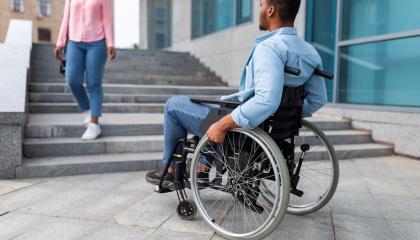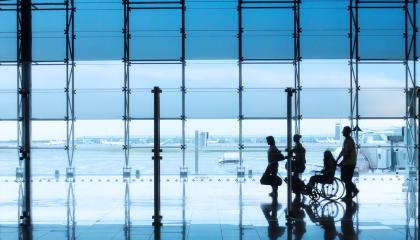A wheelchair can mean the ticket to independence for some individuals, but the regular built environment is rarely arranged in a way that is easily navigable by individuals using wheelchairs. Beyond the built environment, social interactions can cause an extra strain on those who rely on wheelchairs as their primary mode of mobility. These social and infrastructural barriers impede the lives of wheelchair users every day.
People with impairments want to know the most accommodating airlines for domestic and international travel. When it comes to air travel, people with disabilities need an airline that has trained personnel to assist them through the terminals, sufficient space to accommodate the width of their assistive devices, and more time for situating themselves aboard the aircraft. Navigating while traveling is already a challenge, but for someone who has an impairment or disability, air travel can become nearly impossible.
The etiquette of interacting with a wheelchair user is rather simple if we make it so. From an early age, we learn our society’s rules for interacting with one another; however, society doesn’t offer clear-cut standards for interacting with people who use wheelchairs. When meeting a person using a mobility device in public or social situations, some people might freeze up, act in a patronizing way, or ignore the person completely.
People are people—no matter what.
Connect with us
We pride ourselves on our customer service, and we'd love to hear from you! Sign up for our newsletter to keep up with industry updates and trends, as well as any new product releases.





